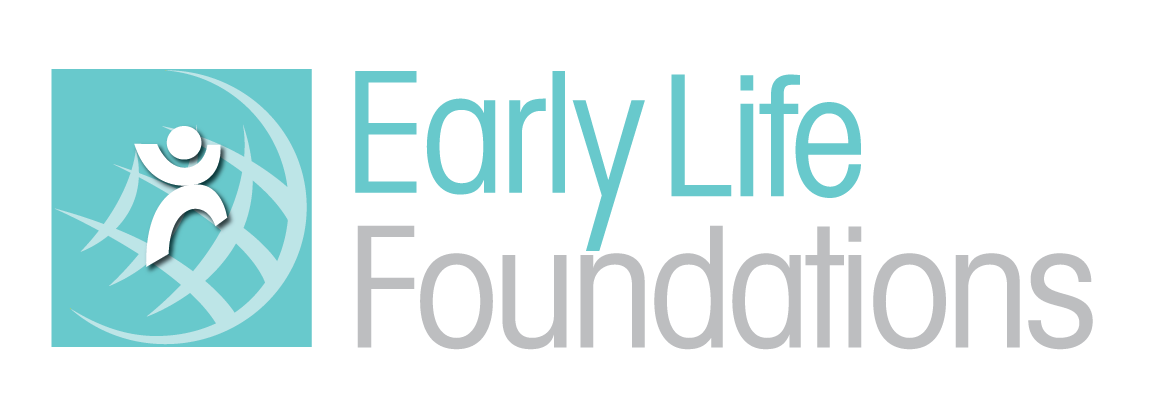Strategies and Procedures
- Sitting in a circle helps to facilitate easier discussion and everyone can see each other
- It is not compulsory for all children to speak or contribute their thoughts
The Role of the Teacher
- The teacher’s voice is ‘semi silent’. The children are encouraged to discuss and explore ideas.
- In the first few meetings, the teacher will model how to lead, how to use open-ended questions for the chairperson
- The teacher is not there to “fix” incorrect or factually wrong information during the meeting unless it is totally misleading or inappropriate
- Interrupting the flow of a discussion to simply correct a piece of fact misses the point that it is the discussion, exploration and learning students discuss and share that is the most important element of a class meeting
- The teacher can carefully and respectfully fine-tune the facts at the end. For example the teacher might say, “Now … was mentioned during our discussion today. We will need to check the facts on this”, or “This was mentioned today and actually it is…”
Class Meeting Agenda
- The class meeting agenda is posted on the Communication Board each Monday morning. In the early stages, the teacher may model a few agenda items and discuss some ideas at Tuning In or during the day. For example, “I noticed on the news last night there was a huge traffic jam in the tunnel yesterday. I wonder if we have enough roads and freeways or if we need more transport?” or “I noticed there was an earthquake in Japan last night…” or, “There seems to be some more debate about who would make a better prime minister.”
- Some classes may watch video clips, YouTube, BTN or other media for ideas. Students and teachers may bring in newspapers or watch news on the iPad or smart boards to provide ideas from either the local community, Australia or internationally.
Facilitating Discussion in Class Meetings
Children and the chairperson are scaffolded and supported to find ways to express and acknowledge each other’s comments, beliefs, ideas and contributions and these can be written up around the room.
- That was a good idea
- Thanks for sharing your thoughts
- Why do you think that?
- Can you tell us more about that?
- How did you come to think that way?
- Why is that of interest to you?
- Have you had personal experience?
- Where did you find this agenda item or why did you choose this agenda item?
- So you are saying….
- So you believe….
- Building on the last point
Ideas to facilitate discussion between children
- Children may have a card with their name written on one side. At the start of the meeting all the names are facing down and when a child would like to contribute they turn their card displaying their name to the chairperson
- Children simply put their hand up
- Children may stand up when they wish to speak
- Any system that the teacher and children find is fair
- The Chairperson has the responsibility of regulating and choosing who is speaking
Chairperson and Recorder
- A roster system needs to be established so that each child has a turn at being the chairperson and the recorder.
- The chairperson and the recorder need to know their roles in advance so that they can be prepared and if need be discuss the roles with the teacher prior to the meeting
- If a child is not confident or unwilling teacher discretion is used to determine how or if the child should be a chairperson or recorder
- In the early weeks the teacher may team children up to help with confidence.
- The teacher modeling how to chair the meeting and perhaps being a co chairperson in the early meetings or with some students at times is helpful
Recording
- The purpose of recording is so that the discussion is honored and not seen as a token gesture
- Recording can be video, audio, paper, netbook, or whatever means the class or individual student suits
- The records are collated, kept for future reference and ideally shared regularly with other members of the school community (Parents, other students, teachers)
Key Reminders
The voice of the teacher is ‘semi silent’ although the teacher is doing a lot of work behind the scenes and in the early days to instruct, model, scaffold and demonstrate.
Must have:
Organisation, roster systems, clarity around rules, timing and how the students will speak / contribute


